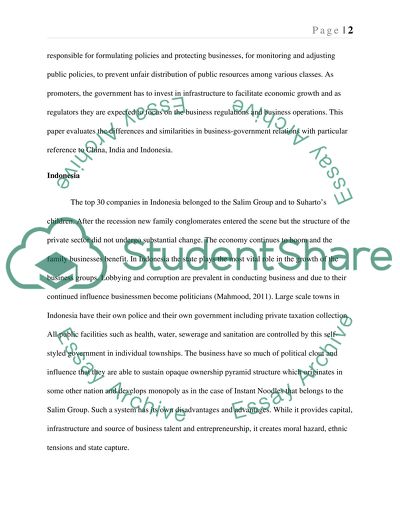Cite this document
(“The Business Environment in Asia Essay Example | Topics and Well Written Essays - 2750 words”, n.d.)
Retrieved de https://studentshare.org/macro-microeconomics/1391659-the-business-environment-in-asia
Retrieved de https://studentshare.org/macro-microeconomics/1391659-the-business-environment-in-asia
(The Business Environment in Asia Essay Example | Topics and Well Written Essays - 2750 Words)
https://studentshare.org/macro-microeconomics/1391659-the-business-environment-in-asia.
https://studentshare.org/macro-microeconomics/1391659-the-business-environment-in-asia.
“The Business Environment in Asia Essay Example | Topics and Well Written Essays - 2750 Words”, n.d. https://studentshare.org/macro-microeconomics/1391659-the-business-environment-in-asia.


